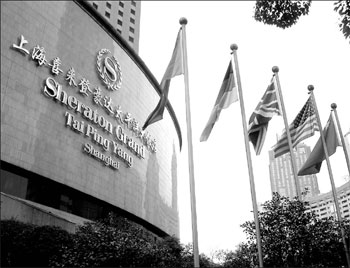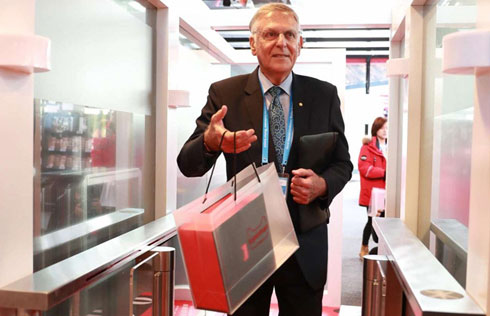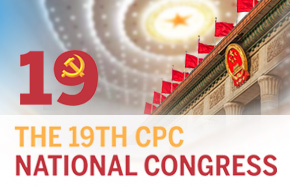China and Japan will drive hotel investment
Hotel investments will rise in Asia this year and China will be the driving force along with Japan, says Scott Hetherington, managing director of Jones Lang LaSalle Hotels.
According to the latest report of the hotel investment services firm, the global hotel transaction volume reached a historical peak in 2006, surpassing $72 billion, since 2002, when the global market began to recover from its lowest point.
Although America and Europe are the two major regions where the transactions have been and will continue to be the highest, "Asia-Pacific would enjoy the highest growth by volume of transactions this year," said Arthur de Haast, global CEO of Jones Lang.
"This year, the global volume will slightly fall to less than $70 billion. America would be flat, Europe, decrease, and Asia, accelerate," he predicted.
China is already seeing a lot of action on the hotel investment front, said Hetherington.
And the coming Olympics is acting as the catalyst. Ever since Beijing was chosen as the next Olympics venue, hotel investments have picked up rapidly in China.
Despite the restrictions introduced in mid-2006 by the government on acquisition and funding of real estate investments by foreign entities on the mainland, investors look anything but discouraged.
The number of deals in 2006 crossed 16 and the hotel transaction volume exceeded $1 billion, which is over one-sixth of the total volume in the whole of Asia.
Under the new policies, foreign investors are required to have at least 50 percent of the total investment in registered capital, up from the previous 33.3 percent, for investments over $30 million.
In line with previous years, sellers were private individuals, State-owned enterprises as well as Japanese and Singaporean owners. Buyers were a mix of private equities, owner-operators, venture funds and real estate investment trusts, the majority of which are based in the Asia-Pacific region.
There will be strong investor demand across the mid- and upper-scale hotels in big cities like Beijing and Shanghai and strategic secondary locations, said Andreas Flaig, executive vice-president Jones Lang and head of its China business .
China's continuous economic rise and the growing tourism market spell exciting news for investors. In 2006, the mainland received 125 million inbound tourists and remained the fourth-largest inbound travel destination worldwide.
A recent report by the World Travel & Tourism Council and the International Monetary Fund said China's travel and tourism industry is poised to become the world's second-largest by contribution to GDP after the US by 2015, with a projected annual growth rate of 8.7 percent between 2007 and 2016.
Beijing and Shanghai, the two major tourist destinations, will see an increase in RevPAR (revenues per available room) at more than 10 percent in the upper-tier hotel market, says Jones Lang.
The key gateway cities will see demand growth beyond the 2008 Olympics also, underpinned by the growing MICE (meeting, incentives, conventions and exhibitions) sector and acceleration of infrastructure enhancement in the long term.
The more prominent secondary cities will be highly sought after although Beijing and Shanghai remain the preferred investment locations.
"The hotel stock (in Beijing and Shanghai) is tightly held and owners appear hesitant to trade unless there is a perceived premium on offer. But opportunities (in secondary cities) are more available and potential gains are considered attractive," said Flaig.
The trend was already evident in 2006. Among the 16 transactions last year, nine were in Beijing and Shanghai, the rest being in Tianjin, Guangzhou, Kunming and Wuxi.
"There'll be more foreign investors outside Asia joining in the China market," said Flaig.
(China Daily 06/05/2007 page15)








